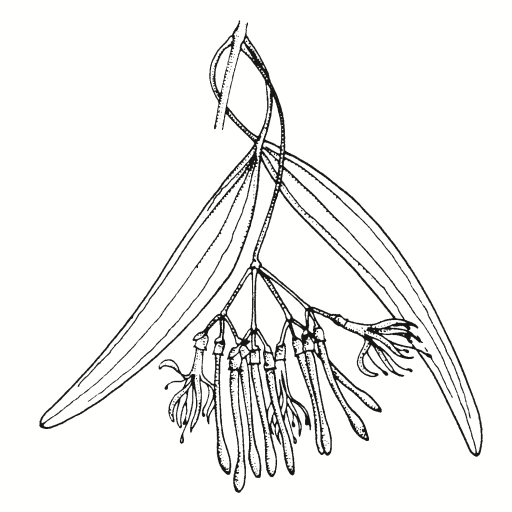Deeper Read - Natural Pest Control
There is enormous potential for natural pest control in farm pastures and remnant native vegetation from native predators and parasites.
Nearly all native farmland birds and bats feed on insects, including pasture root-feeding scarab grubs, caterpillars, bugs, beetles, lerps, aphids, flies, moths, christmas beetles and thrips. Bats have relatively high metabolic rates; hence they can consume between one third and half of their body weight daily.
There are thousands of native parasitic wasps and other insects, and spiders that play a useful role in controlling farm pests. By providing habitat, natural pest control can be encouraged.
Key requirements are nectar throughout the year (from a diverse range of locally native understorey and trees that flower at different times), hollow trees for nesting and sheltering, and branches, logs and natural litter on the ground.
Natural Pest Control Examples
| Predator/parasite | Diet | Habitat Requirements of predator/parasite |
| Ringtail & Brushtail Possums | Mistletoe foliage & other foliage and fruit | Hollow trees for nesting & sheltering |
| Sugar Gliders & Squirrel Gliders | – Scarab beetles, caterpillars, weevils, moths, gall-forming grubs and lerps | Hollow trees for nesting & roosting, nectar, gum, plant sap from wattles eg. Silver Wattle, Golden Wattle, Hickory Wattle/Lightwood and linking vegetation between remnants |
| Small insectivorous bats | Mostly winged insects eg. Rutherglen Bug | Hollow trees for sheltering and roosting & dead standing trees |
| Magpie | larvae (and other grubs feeding on pasture or grass roots) | Clumps of eucalypts for nesting |
| Ibis | Grasshoppers, crickets, scarabs, caterpillars, and weevils in pastures | Dead trees near water for roosting |
| Ravens | Insects including Christmas Beetles and grasshoppers | Large trees for nesting |
| Yellow-rumped Thornbills | Small pasture insects | Clumps of low thorny shrubs for nesting eg. Bursaria/Native Blackthorn |
| Black-faced Cuckoo Shrike | Large caterpillars and beetles | Woodlots wider than 40 m with shrubs |
| Crested Shrike-tit | Boring grubs and caterpillars | As above |
| Honeyeaters | Tree and shrub foliage-feeding insects | Shrubs amongst eucalypts for resting, nesting and feeding |
| Pardalotes | pysllids (lerps) and other foliage-feeding insects | Small tree hollows for nesting and shrubs to escape aggressive larger birds eg. Noisy Miners |
| Bush Stone-Curlew | All large pasture insects | Day roost; fox control; log and stick litter, and short or sparse tall grass |
| Imperial White Butterfly caterpillars | Mistletoe foliage (exclusively) | Flowering understorey plants providing nectar for adult butterfly |
| Beeflies | Wingless grasshoppers | Rotting knotholes in dead trees for egg-laying sites |
| Tachinid flies | grass grubs | Native shrubs for shelter and alternative food source |
| Parasitic wasps | Pasture grubs and eucalypt foliage- feeding insects eg. leafhoppers | Flowering shrubs and understorey plants for adult wasps |
| Ground beetles | Scarabs & grasshopper eggs & larvae | Grassy understorey with good litter layer |
| Spiders | All insects | Diverse vegetation structure |

